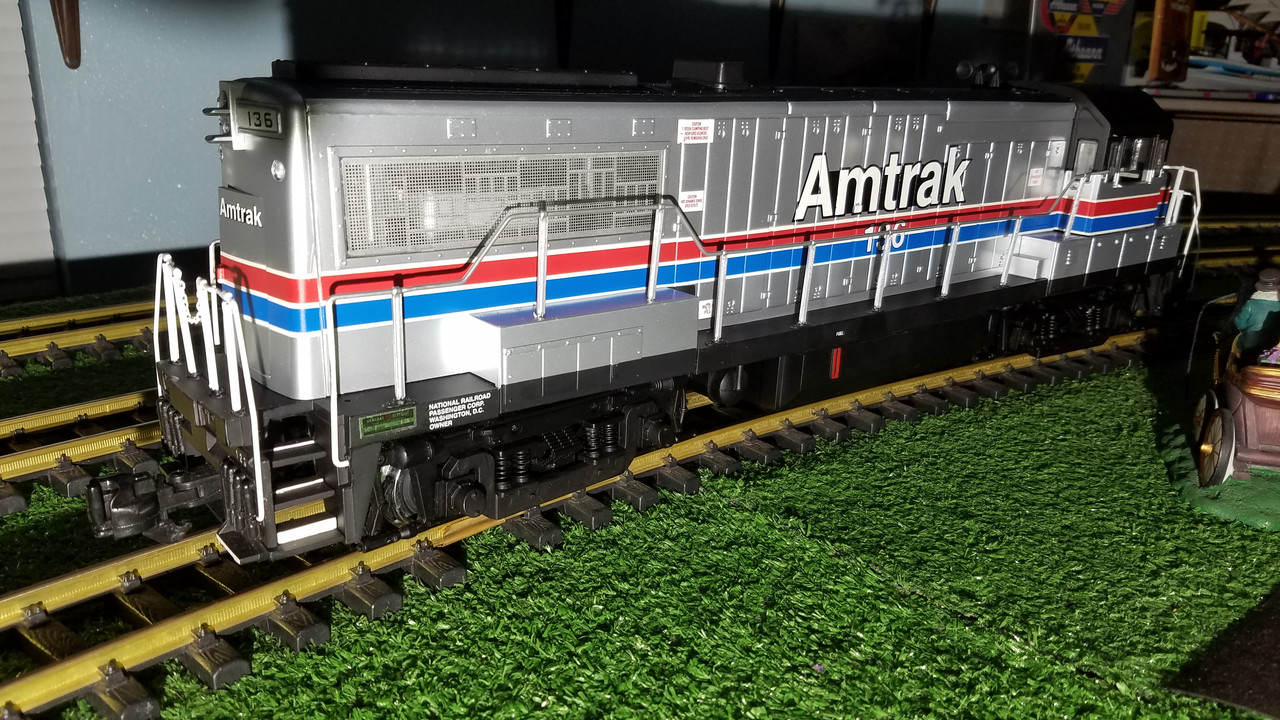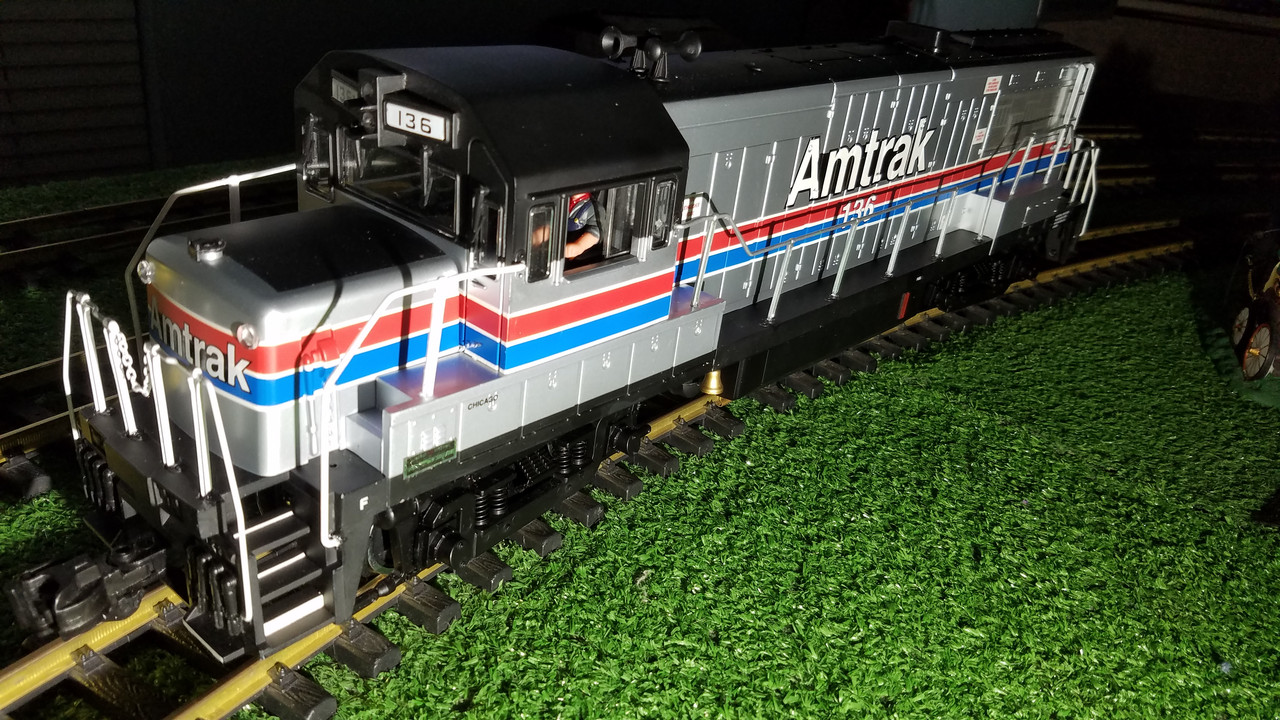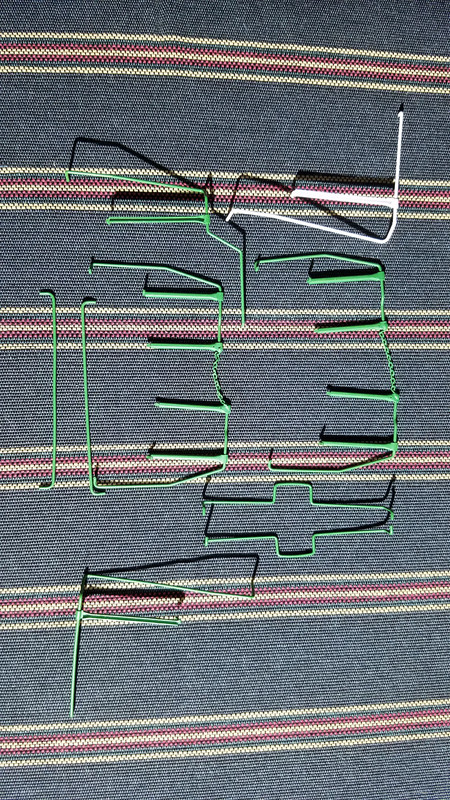You know I read George’s stuff on the lash screw and it’s a bit confusing.
As I have documented, and actually worked with George, there are a number of versions of the motor block, but the ones with lash screws were pretty early.
I’m going to have to disassemble some to look inside, the single lash screw ones seem to only adjust the lash at one end of the motor, and it’s not clear if there is a ball bearing between the lash screw and the motor shaft or not.
Also the dual lash setups have an additional lash adjustment, but on the “rocking” gearbox, so you are adjusting one end of the shaft in that gearbox, not the motor, and there must be some interaction between that lash adjustment and the play in the universal between that rocking gearbox and the universal (which also apparently came in 2 versions).
Anyone more experienced with these? I’m particularly interested in his reference to squeaking and turning the lash screw 10 degrees to stop it (but he does not indicate tighter or looser)
Greg







